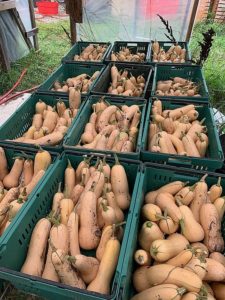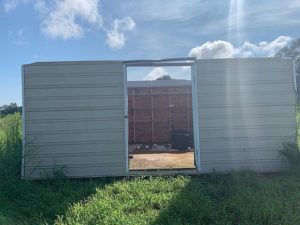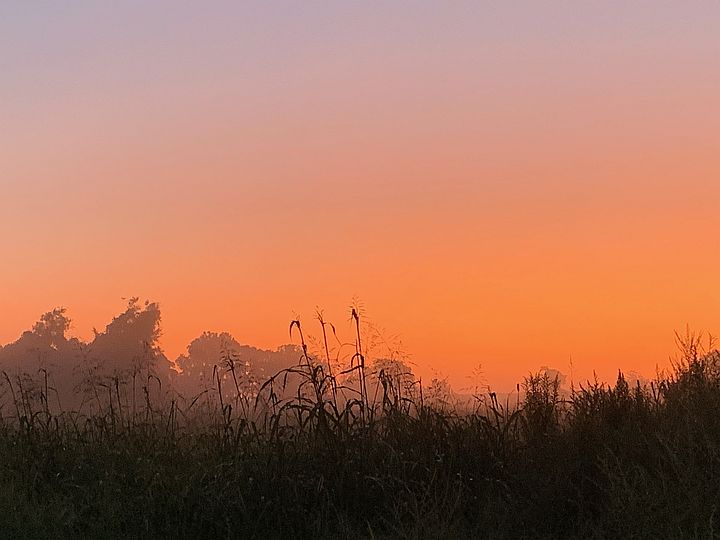Seasonal Squashes Explained

New in the shares this week is butternut squash! Butternut squash is one of the most popular of the thick skinned winter squashes. It is typically roasted in the oven. The traditional preparation is to cut in in half, scoop out the seeds and plop some butter and brown sugar in the seed cavity and roast it. I like to peel and cube mine before roasting so it cooks faster and has more surface area to get lovely and caramelized. It can also be steamed, boiled and mashed, or grilled (coat it in amble oil so it doesn’t dry out).
What is the difference between a winter squash and a summer squash? The descriptor “winter” or “summer” actually refers not to when the squash is grown but when the squash is eaten. Summer squashes are varieties that are yummy when picked and eaten when the fruit is immature – meaning the seeds aren’t fully developed and the skin is tender. Winter squashes are varieties of squash that are harvested when the seeds are mature and the skins are thick. The flesh is drier, denser and sweeter. Once cured, these winter squashes will hold their eating quality for many months and thus can be enjoyed all winter long. There are actually some old fashioned “dual purpose” squashes that can be harvested and eaten as a young summer squash, or allowed to grow and mature into a thick-skinned winter squash.
More Rain and Tractor Trouble
A week ago we had a fantastic thunderstorm. It poured over two inches of rain in less than half an hour with plenty of booming thunder and

brilliant lightening. We hoped it would miss us as the field was just getting dry enough to prepare the soil for planting. The heavy rain pelted the little seedlings out in the field. Some of the carrots that had germinated so well got buried in soil washed by the rain. The wind lifted the roof clear off our little shed and dropped it fifty feet away. It was quite a remarkable storm.
So here we are, over a month late preparing beds because of rain that just wont quit. It is finally drying out and on Friday the tractor dies. It just stops. The tractor simply wont turn on. First thing Saturday morning Randy finds it a ride to Booneville to our tractor mechanic. They look at it first thing Monday and by Monday evening it is repaired. Tuesday is gets a ride back which means field work can begin Tuesday evening. But we have lost at least two days of tractor work.
Our soil holds on to moisture. Especially after a heavy rain, the clay particles align to form a cap on the soil, locking that moisture in. We must disk harrowed the soil to break the cap, fluff it up and allow it to dry. It must be harrowed and allowed to dry out multiple times until it is dry enough to run the chisel plow. If we plow the soil when it is too wet we get big clumpy clogs that dry into massive mud-rocks. After the soil is chisel plowed it must be harrowed again to smooth it over. Only then can it be shaped into raised beds.
Burning Up and Burning Out
It takes time. We don’t have time. Today is Tuesday and rain is likely Friday. That gives us two and a half days. The only reason I am not panicking is because we are already so behind schedule that I’ve used all my panic up. It is too stressful. Especially at this time of the year when the work day is so severely limited by the heat. The heat peels that layers of resilience off my skin until I am raw, irritable and fragile. We are going to have to figure out how to need fewer beds and how to grow on a smaller footprint next year. I know the weather this year has been exceptional. But I do not want to be in this position ever again.
Small Shares
- Butternut Squash
- Okra
- Basil
- Sweet Peppers
- Juliet Tomato
Full Shares
- Butternut Squash
- Okra
- Basil
- Sweet Peppers
- Juliet Tomato
- Slicing Tomato
- Cantaloupe




You must be logged in to post a comment.